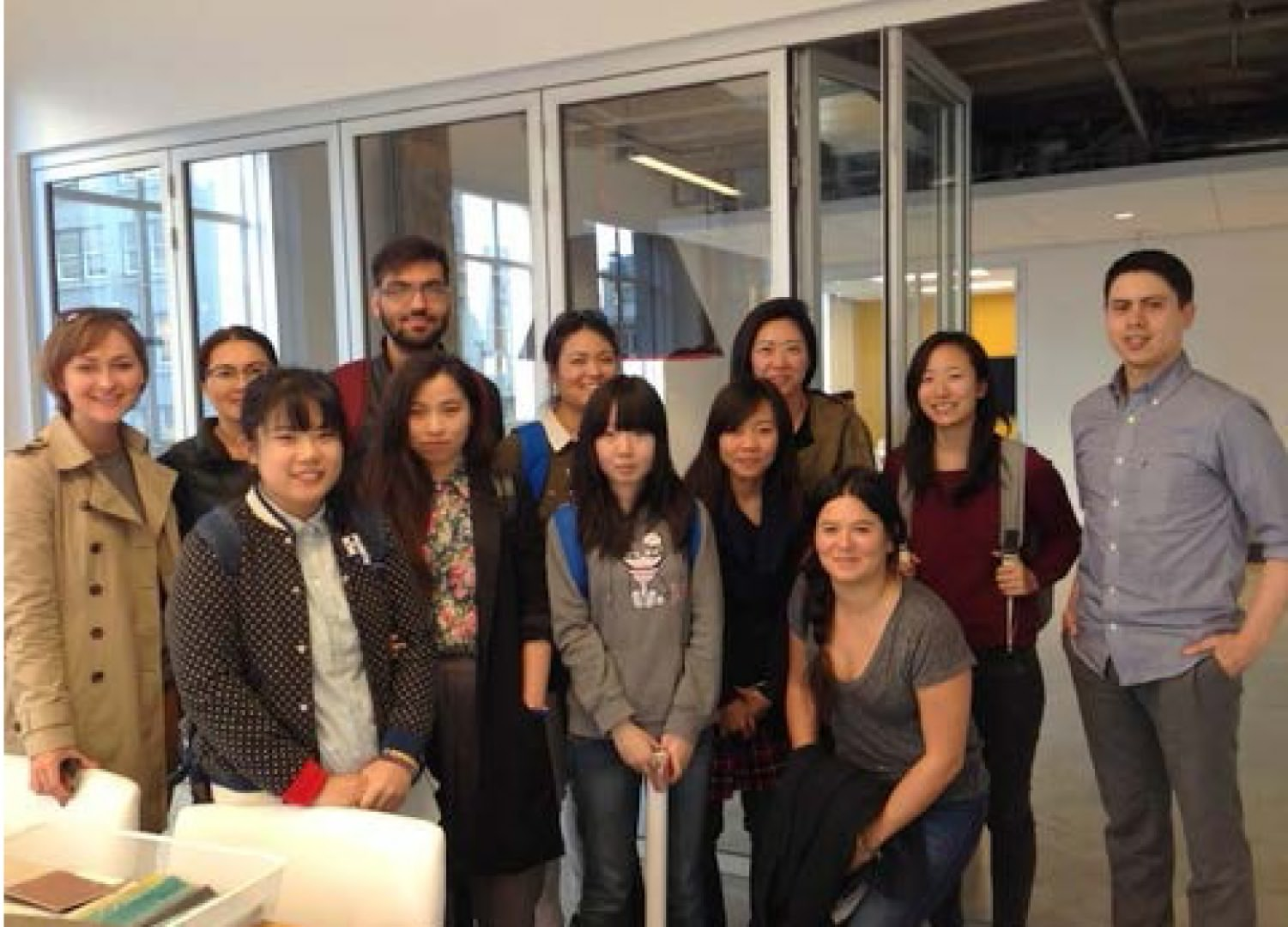By Adan Gomez
I’m always excited about what is up-and-coming in our profession, and that includes the next crop of talented designers whose resumes we’ll be looking at in a few years at Revel.
A graduate of Academy of Art University in San Francisco, I have maintained my connections to the school by helping out with graphics instruction–assisting with specific hand-rendering techniques, drafting, and architectural illustration in the classes of one of my primary mentors at the school.
Most of the students I work with there are interior architecture students, and I help them perfect their technique in color rendering, including freehand drafting and photorealistic illustrations with Prismacolors, watercolors, and markers. I also work with students on color theory, which is critical to any design, but particularly interior architecture.
For color theory, I have students focus on paying attention to their surroundings. One of the exercises that made a huge impression on me in school was finding a full-page photo of a white wall in a magazine, and then taking a piece of cardboard and cutting out a half-inch square. If you move that square around the white wall, you will see how the color changes depending on what is around it, where the shadows are, and how the paint behaves in those situations. It will go from cool tones to warm tones, from having pinkish shades to yellow, blue, and other colors. It will rarely look just white. This opens students’ eyes to how complex color is, way beyond what you see on a paint chip.
From there you can start observing different textures and other elements that are crucial to good design. You can start to create a feel and a mood by understanding how colors and materials behave in different surroundings.
When I work with students, I also have them think about whether they are rendering interior or exterior spaces, what the weather is like, whether the shadows are warm or cool, and more. As much as their graphic skills are critical, their understanding of how light behaves is equally important.
One of the things that always impresses me about the students is their drive to succeed in interior architecture. Even though they don’t have a lot of experience yet, many of them are already showing signs of innovation and will clearly make a mark in the profession.
And as much as I love giving back by working with students, I also benefit while I’m doing it, as it refines my own skills and pushes me to continue improving them, as well.
